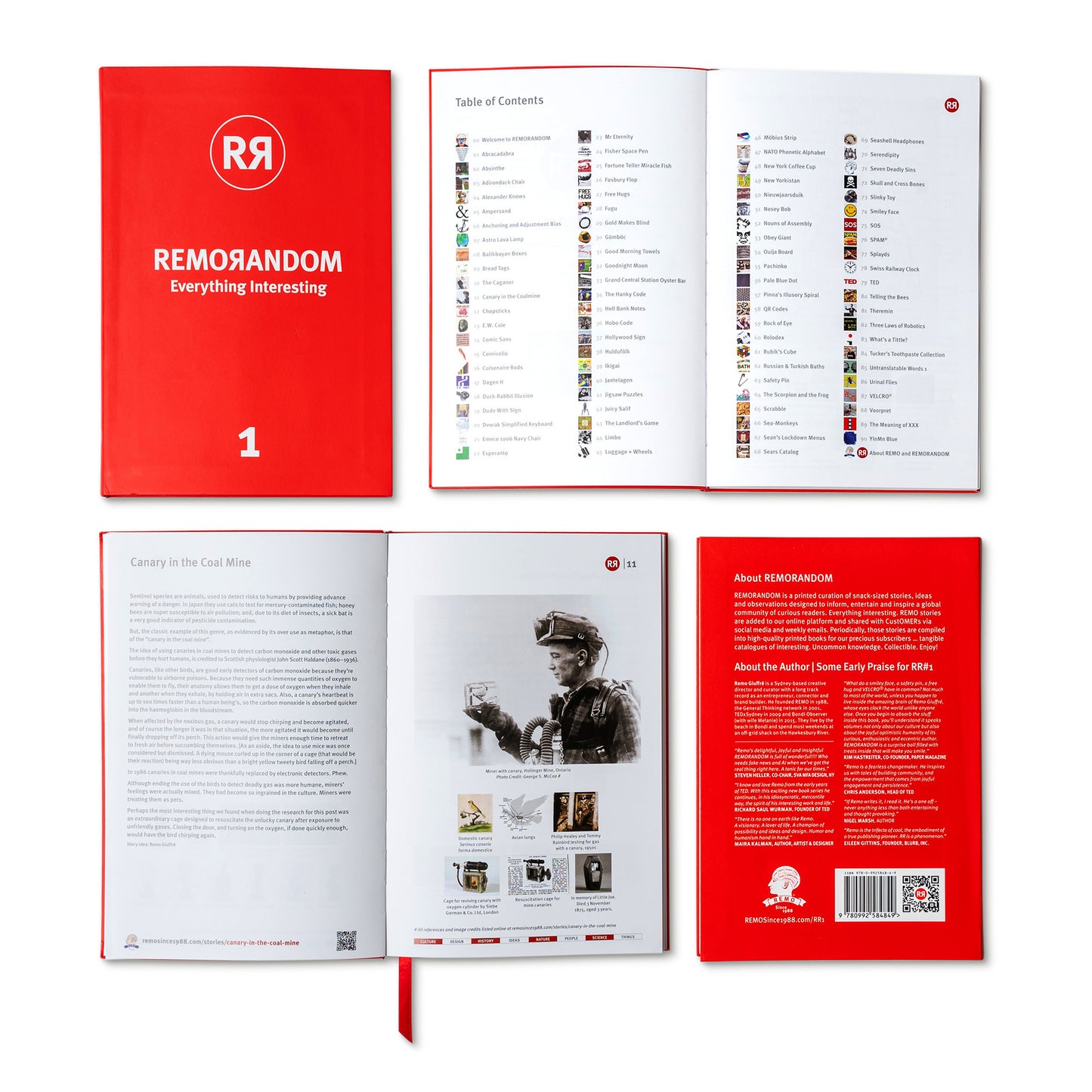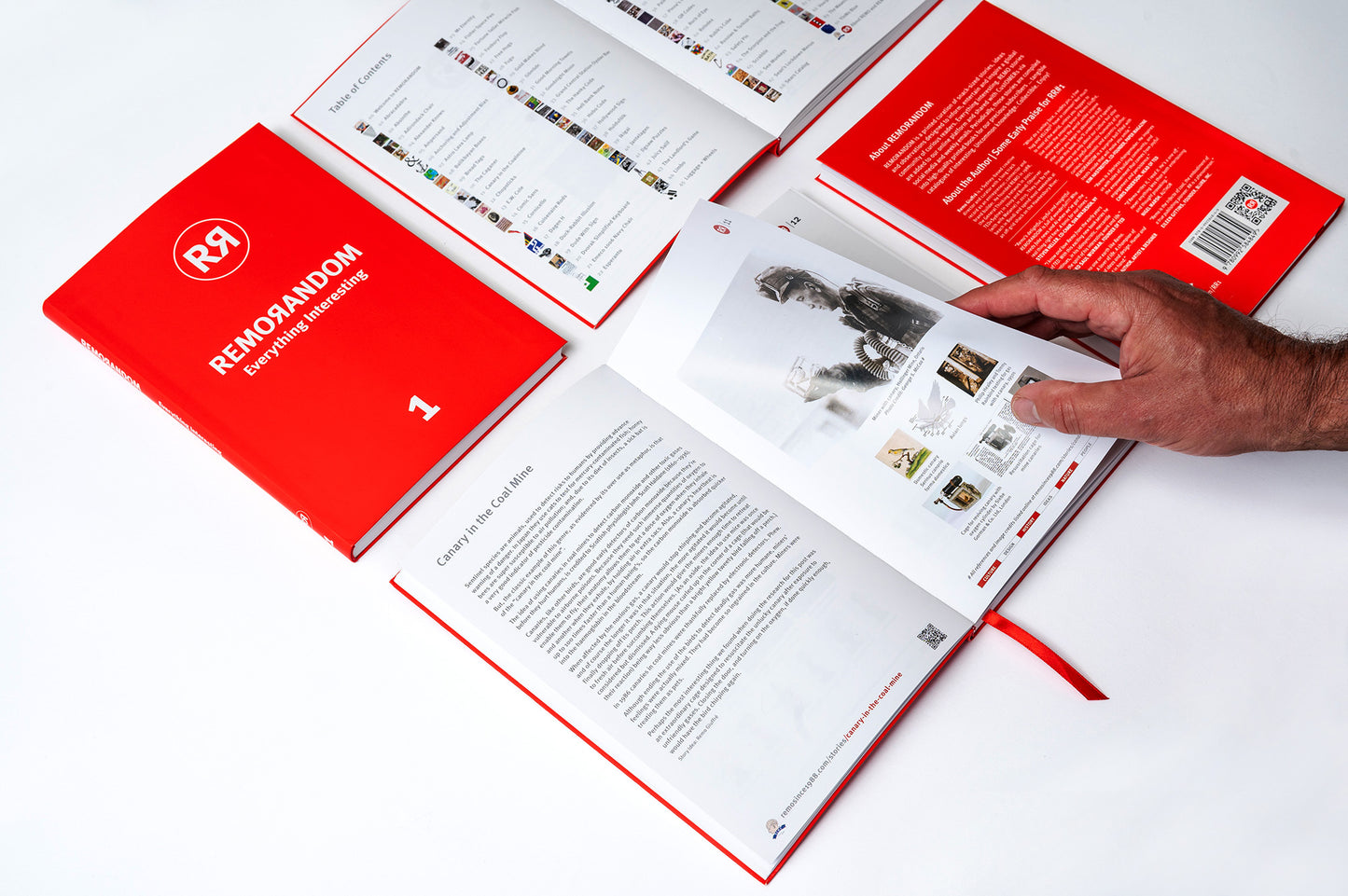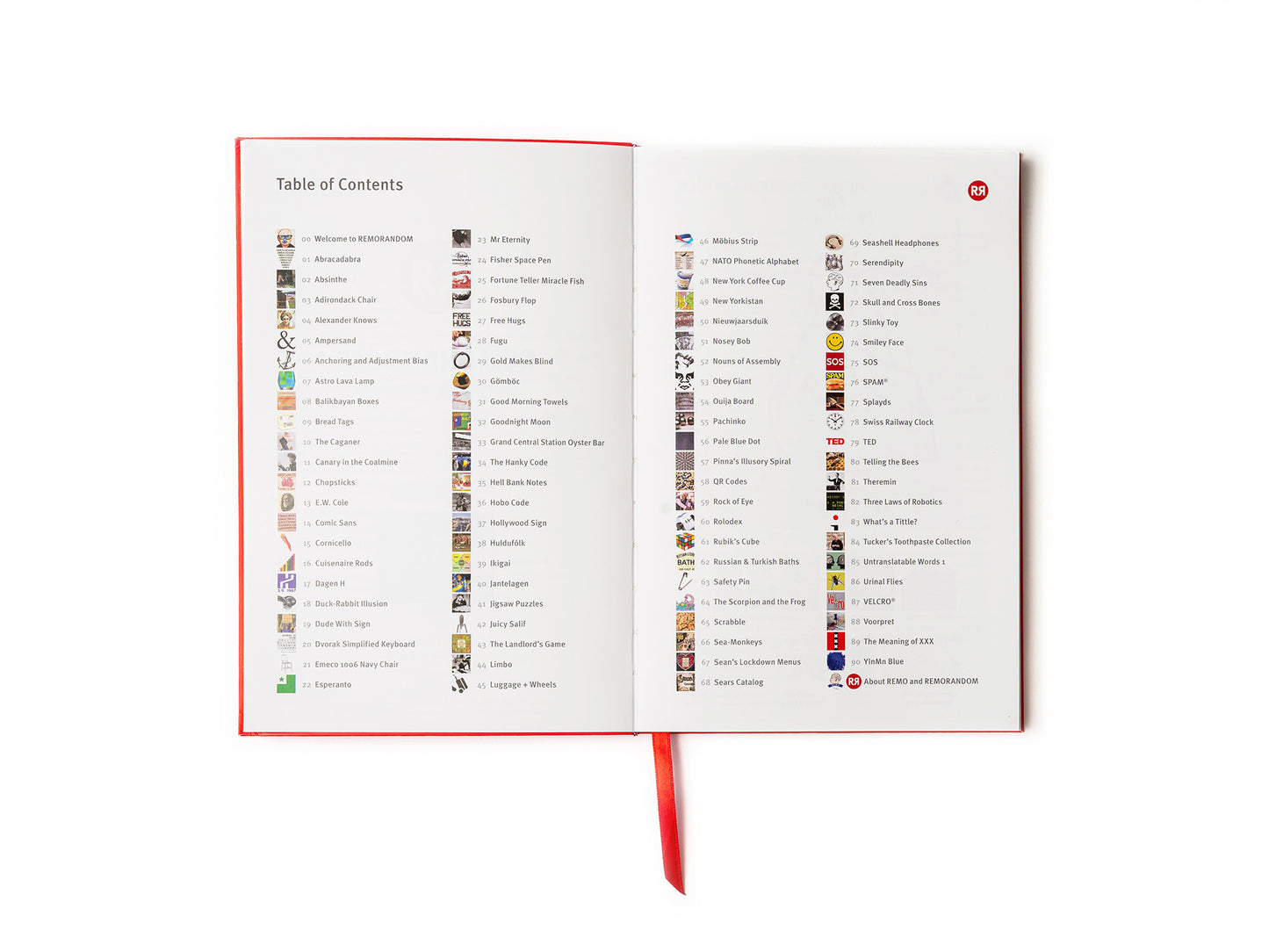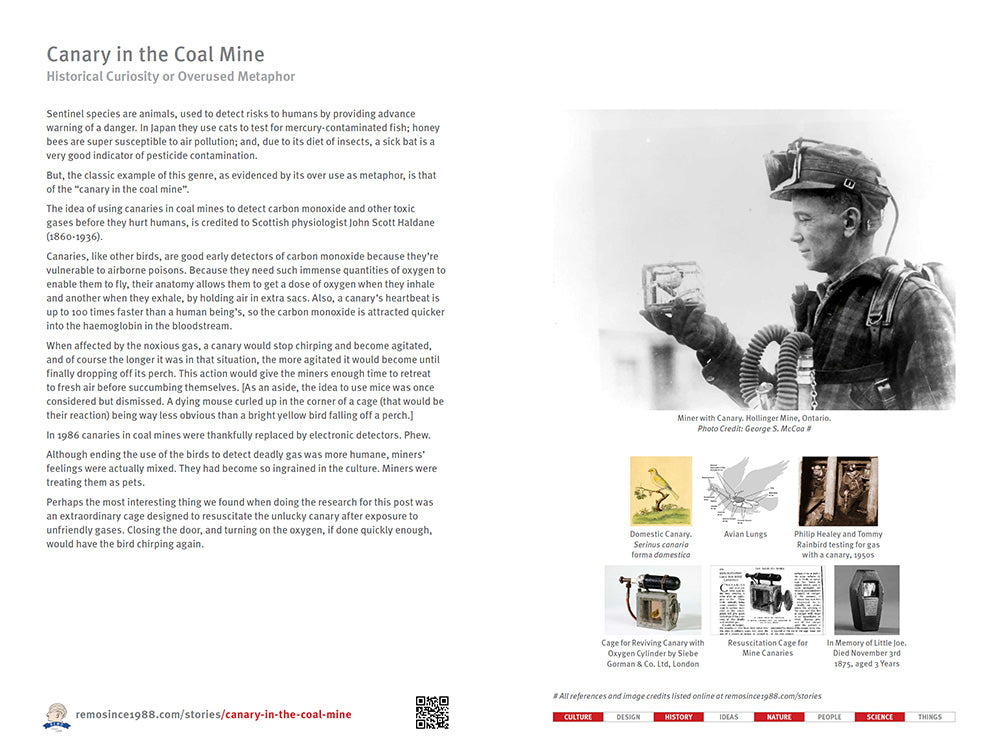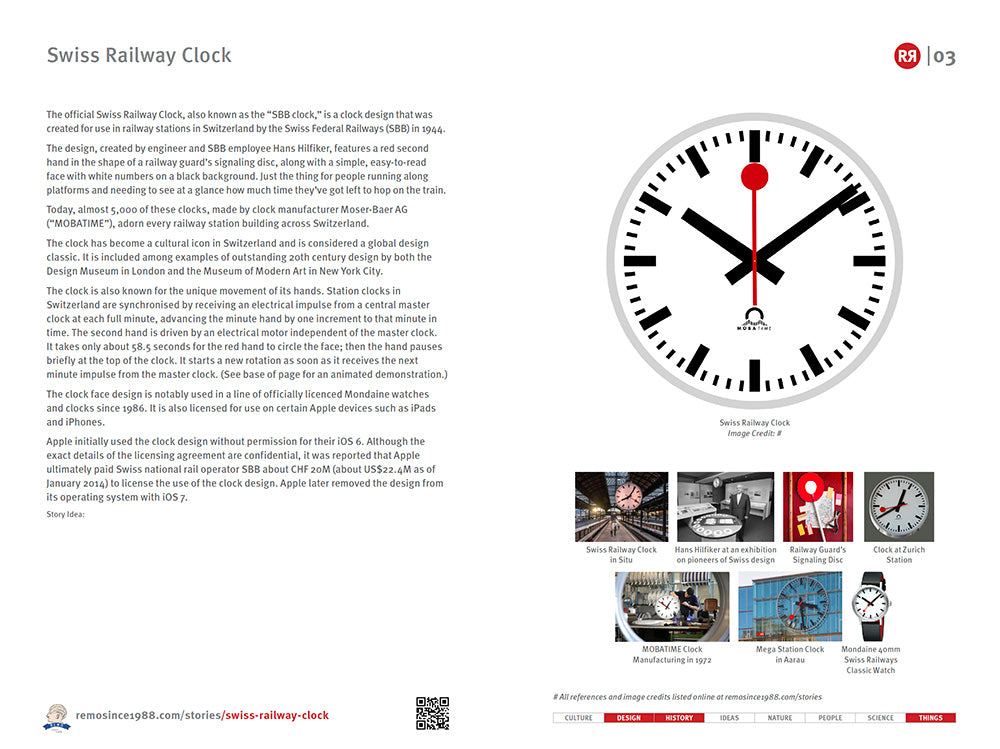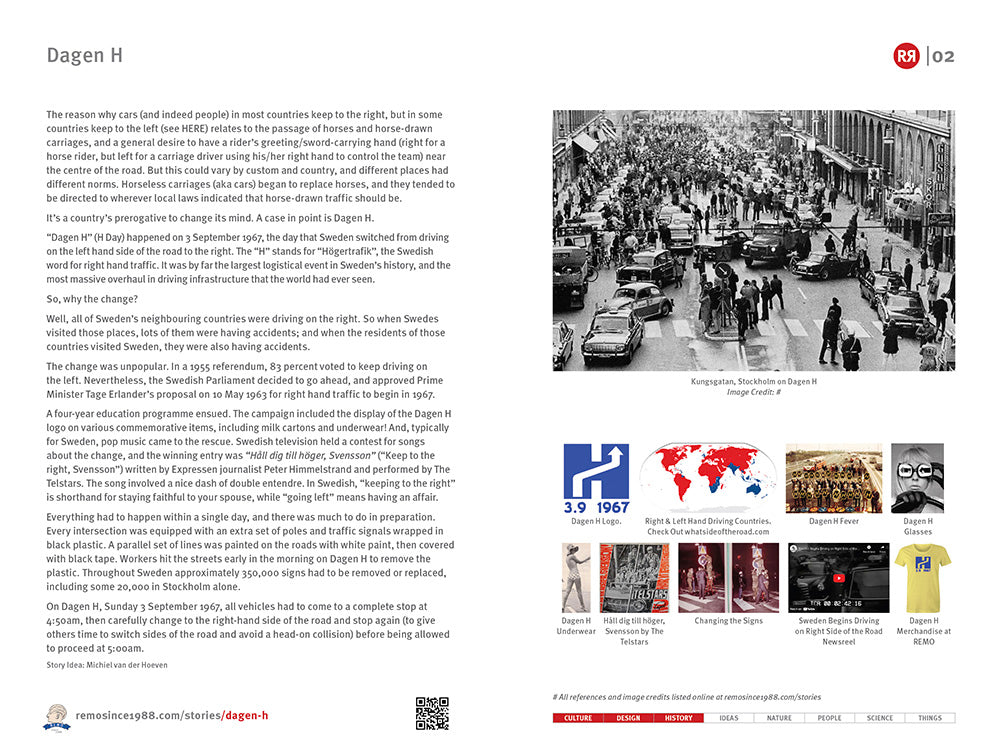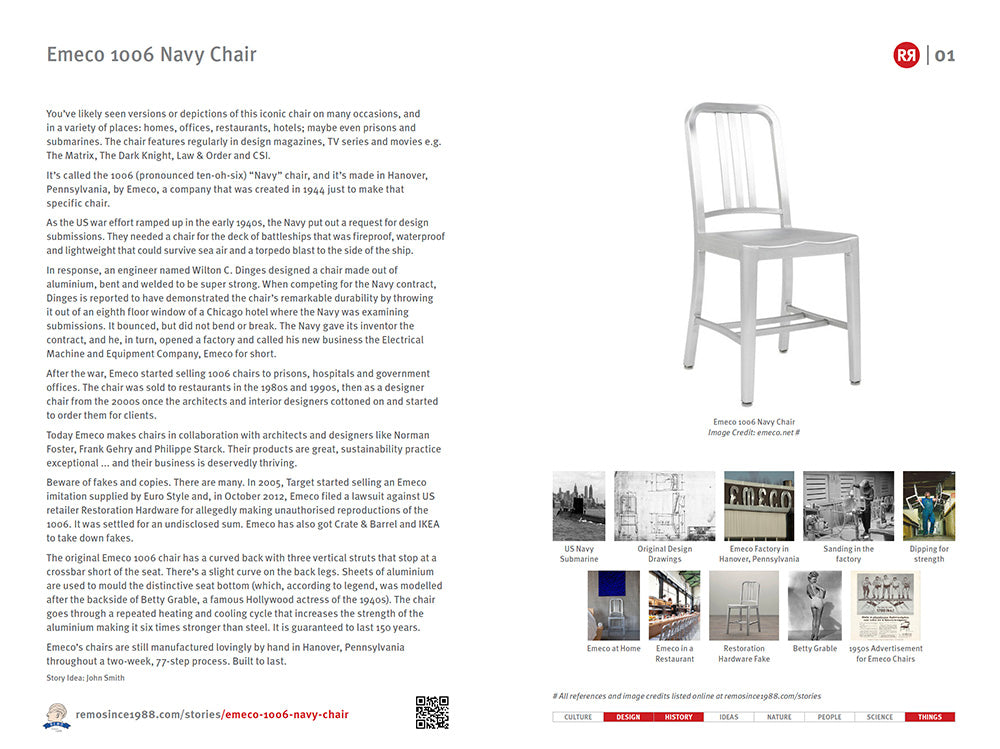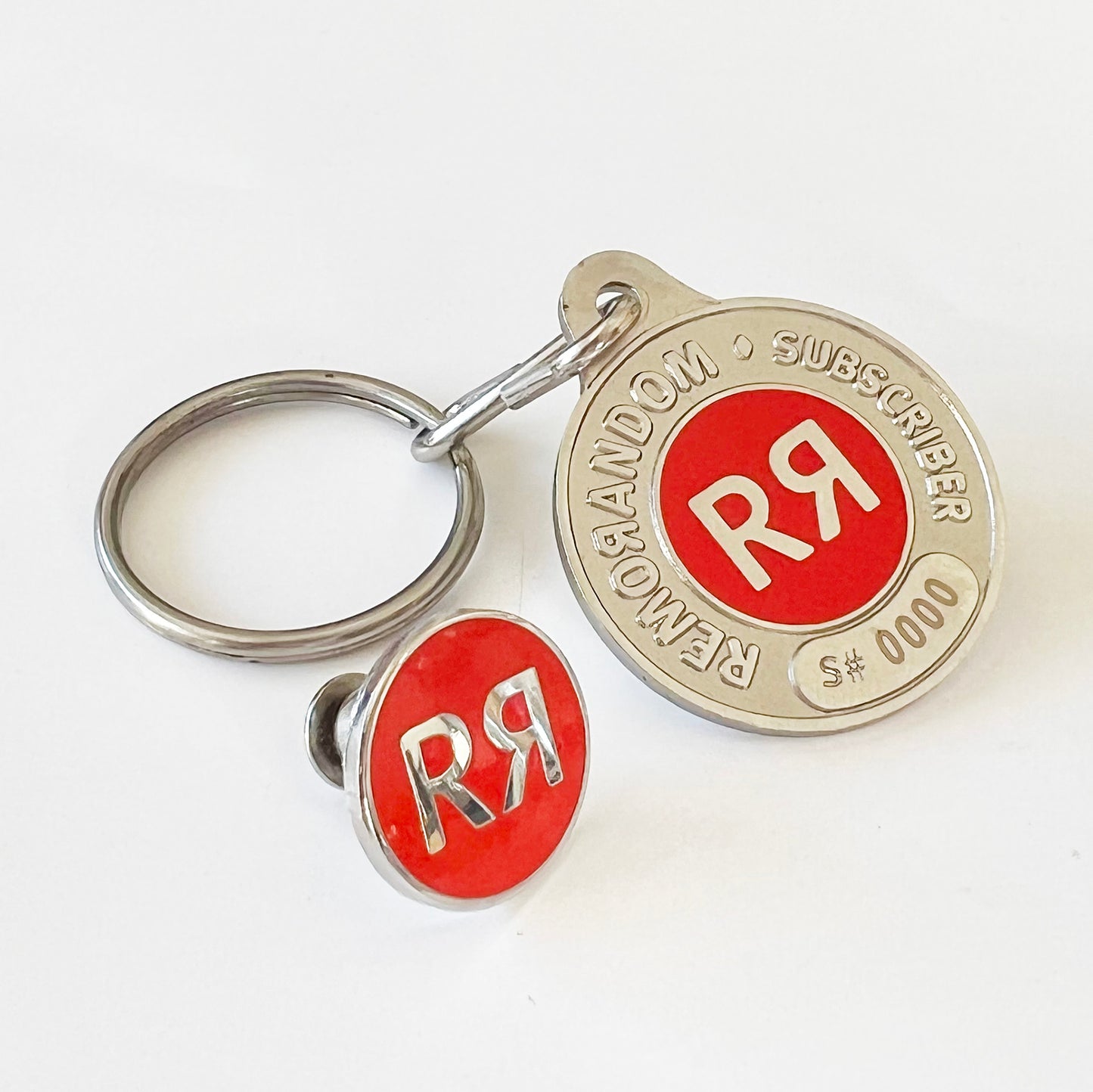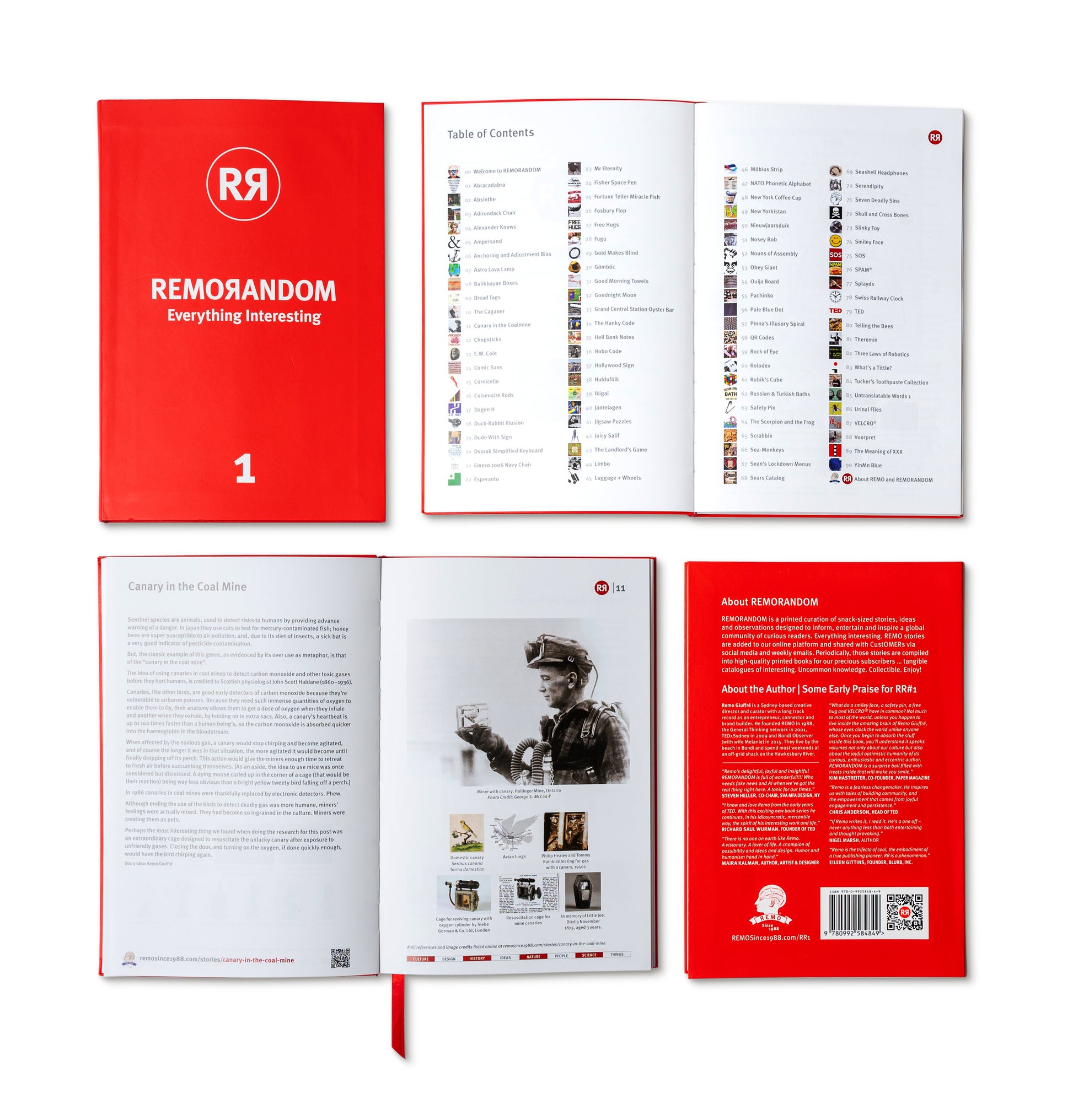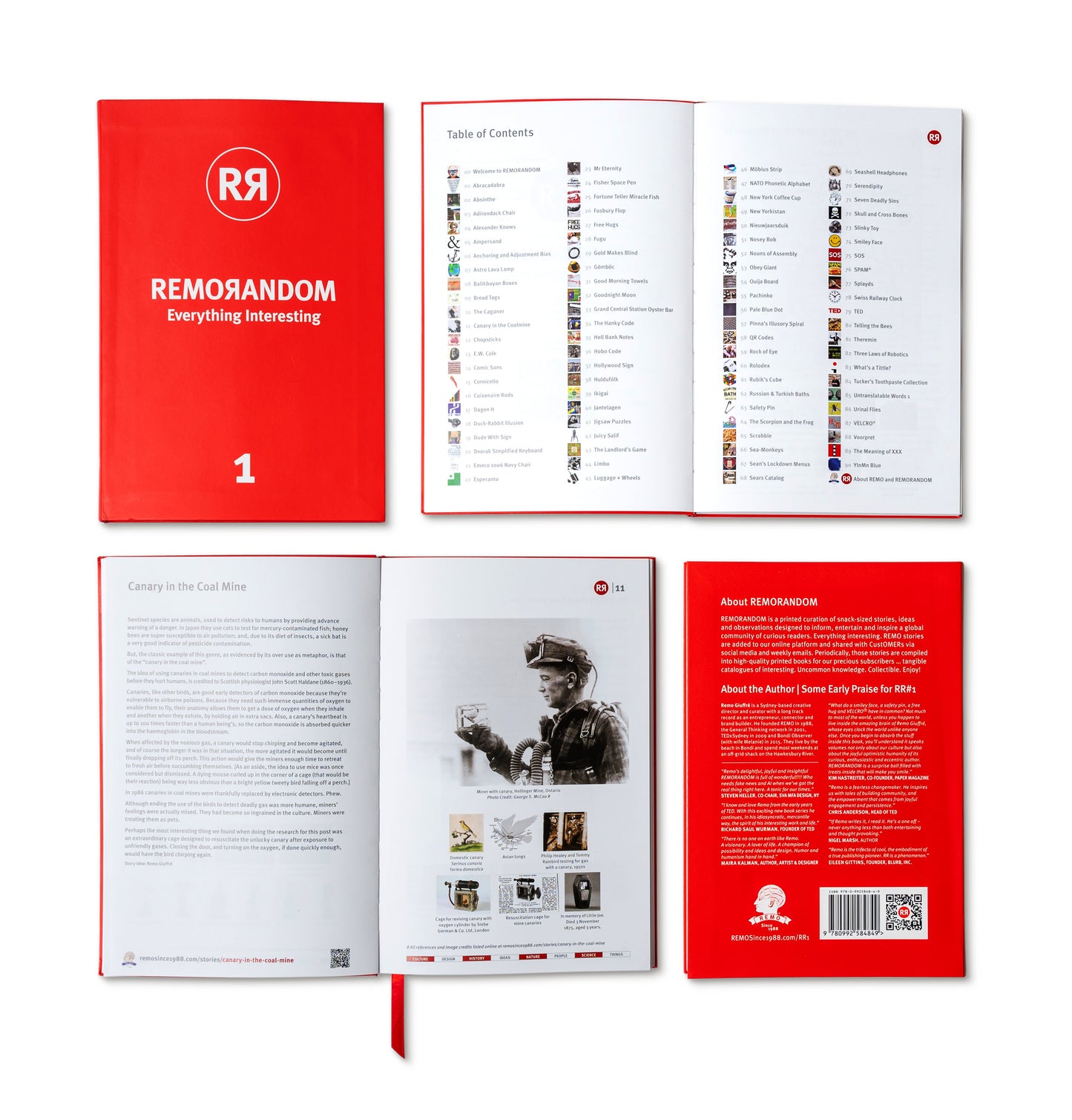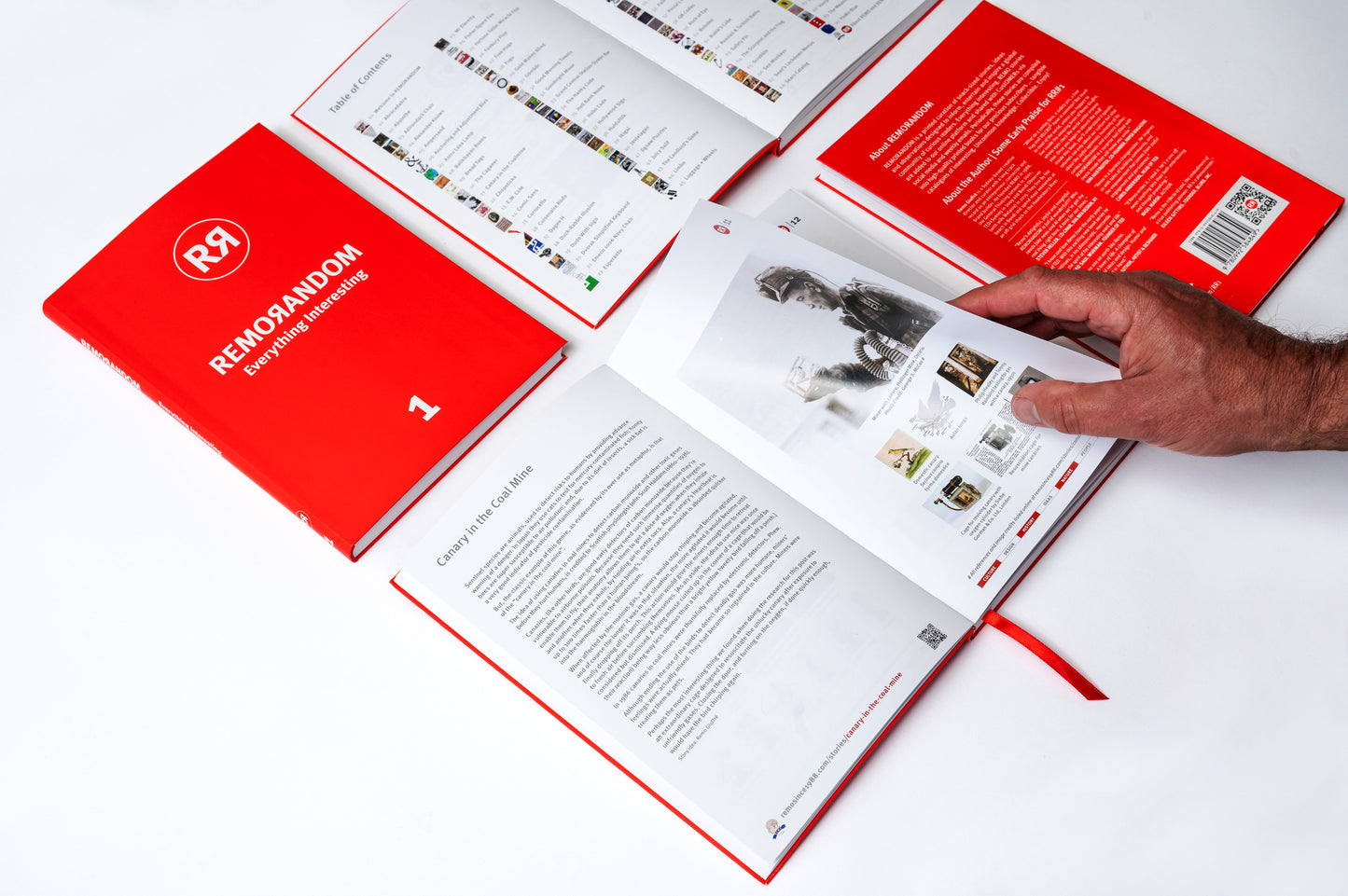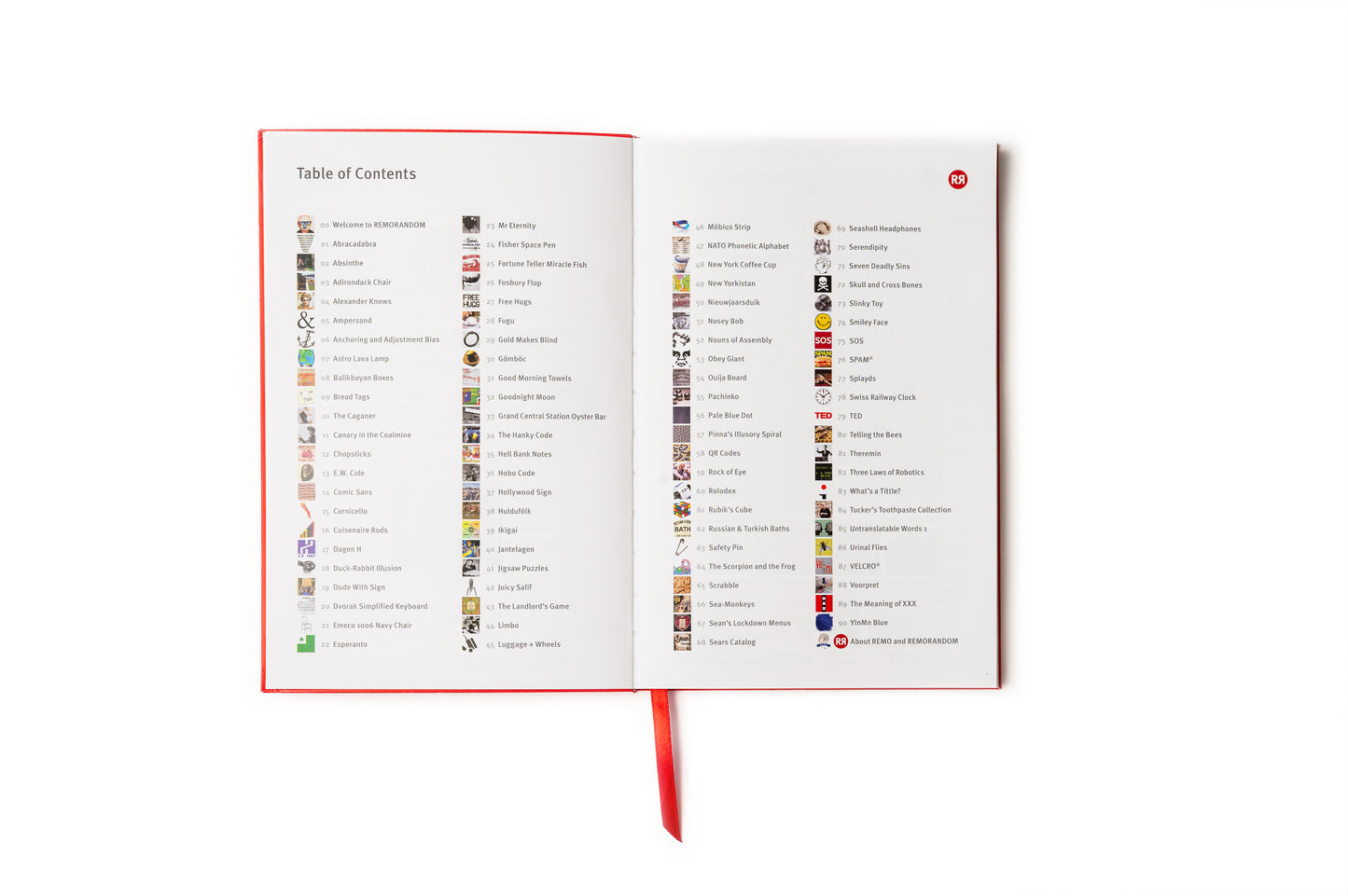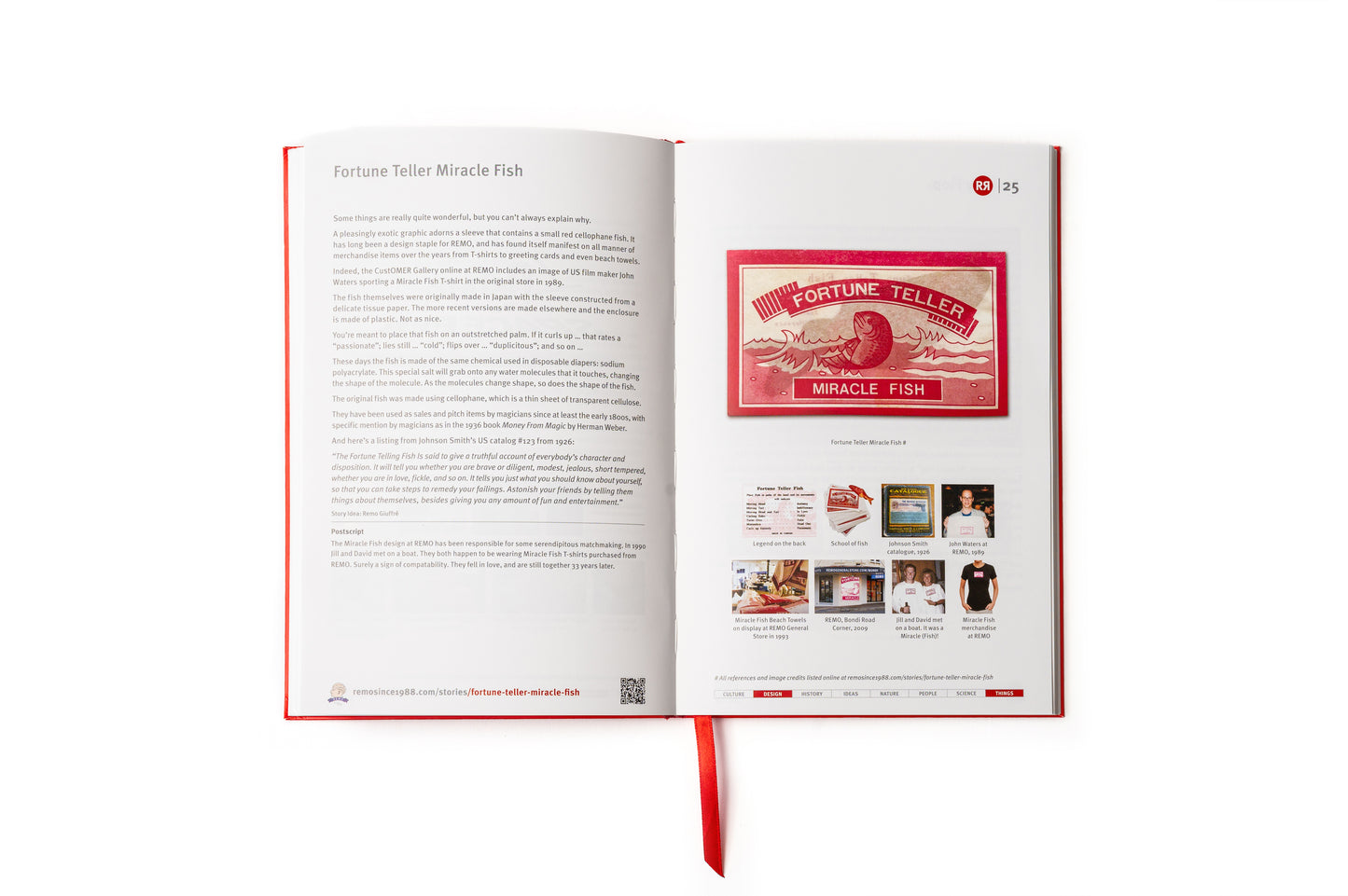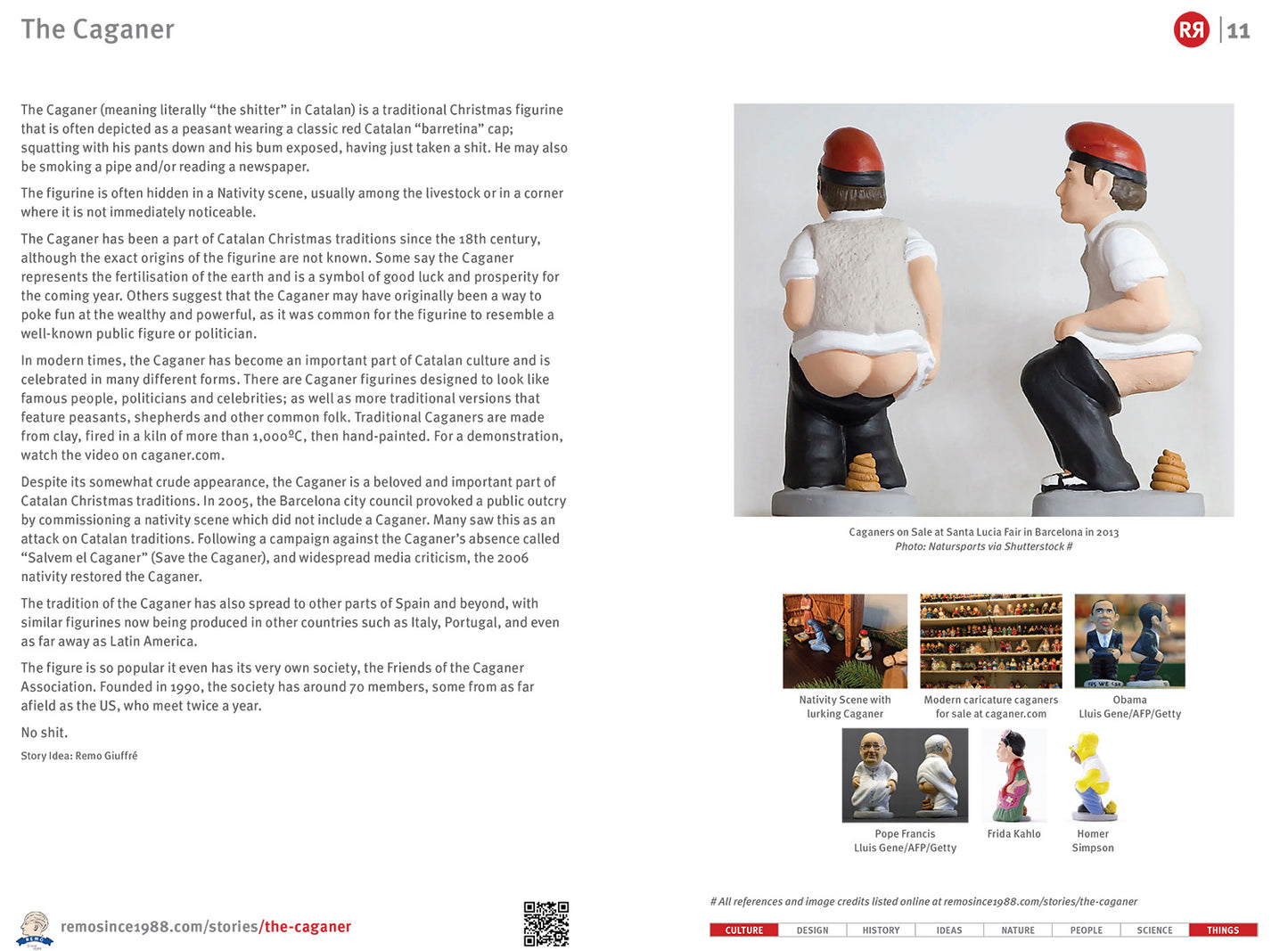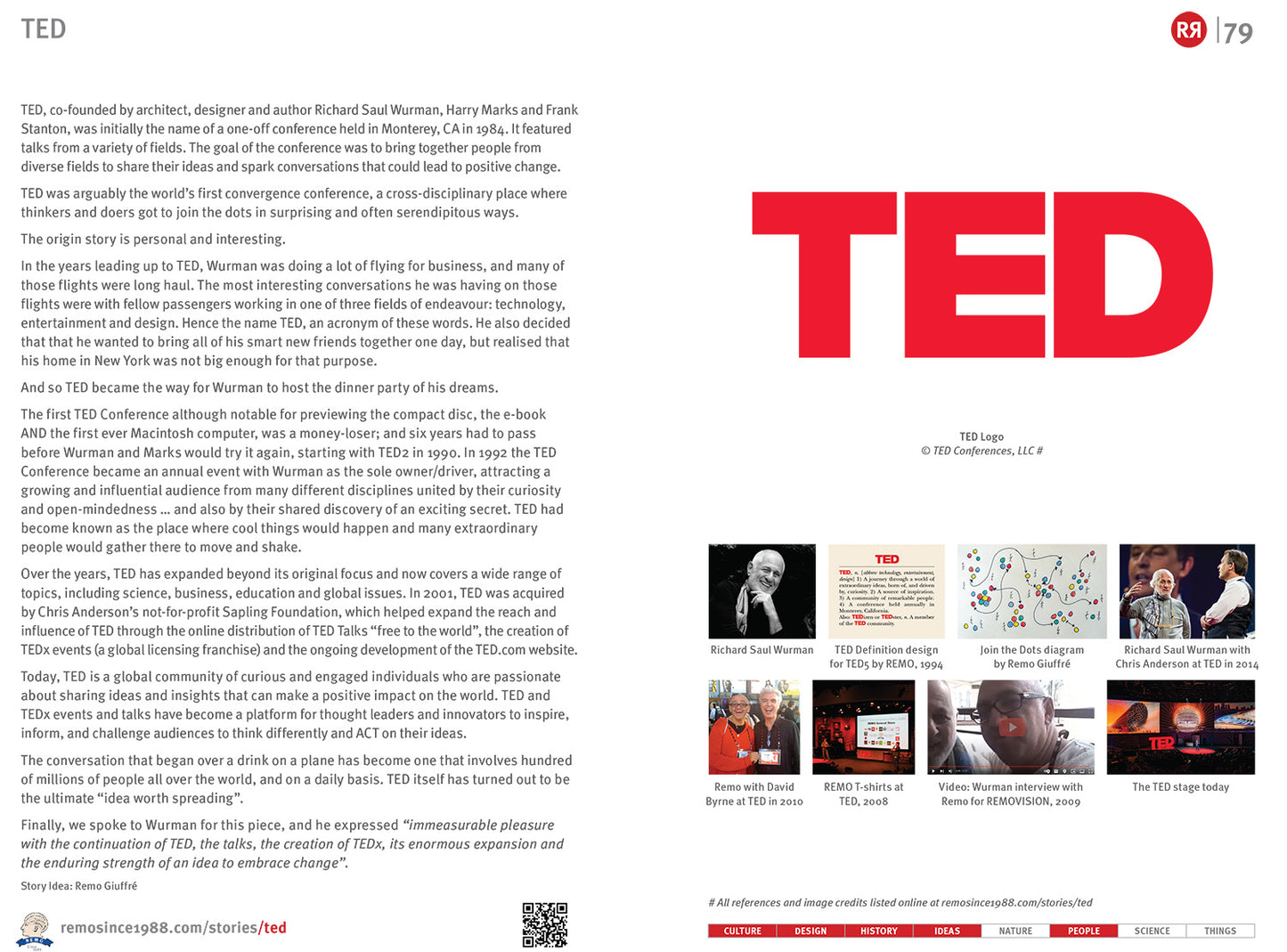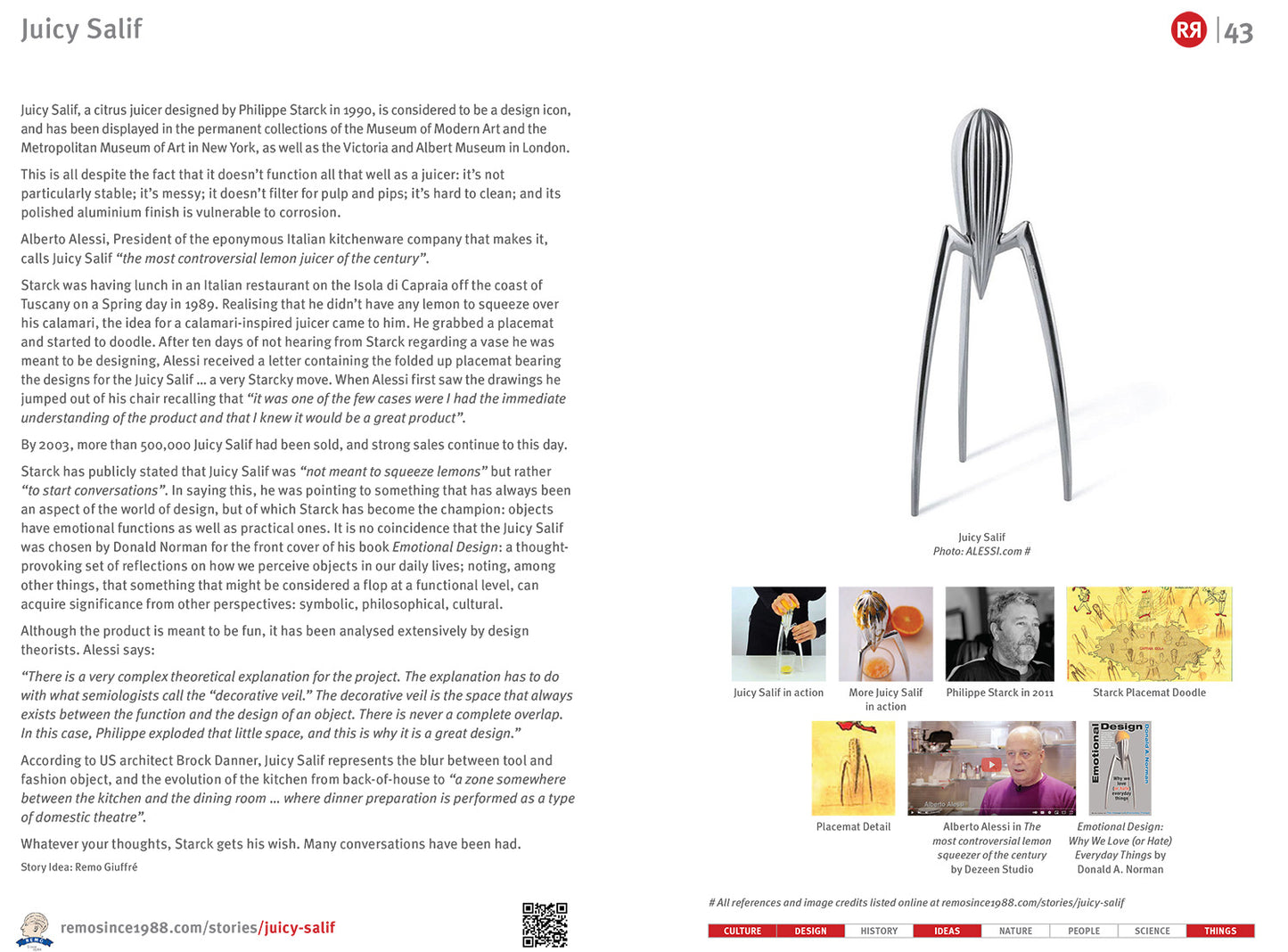Pneumatic tube transport represents a fascinating old-meets-new chapter in the history of transportation technology, both of things and people.
Its origin can be traced back to the 19th century, with the first documented use dating back to 1836 in London, where a pneumatic tube system was used to transport telegrams. However, it was in the latter half of the 19th century that pneumatic tubes gained significant traction, particularly in the realm of delivering small packages, documents, and even people across short distances in urban areas.
One of the most notable implementations of pneumatic tubes was in the postal service. Major cities like London, Paris and New York adopted pneumatic tube systems to speed up mail delivery between post offices and central hubs. These systems consisted of a network of tubes running underground or through buildings, through which cylindrical capsules containing mail or other items would be propelled by compressed air.
Take New York for example. Put into operation in 1897 by the American Pneumatic Service Company, the 44-kilometre (27-mile) system connected 22 post offices in Manhattan and the General Post office in Brooklyn. The pipes ran between 1 to 4 metres (4 to 12 feet) underground, and in some places the tubes ran along the subway tunnels. At the height of its operation it carried around 95,000 letters a day, or one third of all the mail being routed throughout New York City.
During the late 19th and early 20th centuries, pneumatic tubes were also used in department stores, banks and even hospitals for delivering paperwork, cash, and medications quickly and securely. Maybe you’ve seen capsules whooshing through tubes on the walls in old films.
As technology advanced and alternative transportation methods emerged, the use of pneumatic tubes gradually declined.
Despite its decline in mainstream usage, pneumatic tube transport continues to find niche applications in certain industries. For instance, hospitals still rely on pneumatic tubes for transporting samples between different departments swiftly and safely, minimising the risk of contamination and reducing turnaround times for lab tests.
From the beginning, there were those who imagined that pneumatic tubes might carry PEOPLE. As early as 1812, English mechanical engineer and inventor George Medhurst (1759–1827) proposed sending people on a train driven by "the power and velocity of air”. He called his contraption the “Aeolian Engine” named after Aeolus, the mythological Greek ruler of the wind.
Over 50 years later, at the American Institute Exhibition in New York in 1867. Alfred Ely Beach demonstrated a model of basic pneumatic subway system, in which air pressure in the tube pushed the cars. Although the Beach Pneumatic Transit lasted for only three years, transporting 400,000 people, the project gave rise to the New York pneumatic tube mail delivery system described above.
Today there is renewed interest in pneumatic tube transport, particularly in the context of urban mobility and last-mile delivery solutions, e.g. Elon Musk’s 2013 white paper proposing a high-speed transportation system for both passengers and freight that he called the “hyperloop”. [Ed: Go Elon!]
With growing concerns about traffic congestion and environmental sustainability, innovative transportation technologies like pneumatic tubes are being reconsidered as potential solutions. Modern advancements in materials, propulsion systems, e.g. magnetic levitation (maglev) and automation could make pneumatic tube transport more cost-effective and practical for contemporary urban environments.
____________________________
References
wikipedia.org/wiki/Pneumatic_tube
vox.com/2015/6/24/8834989/when-the-pneumatic-tube-carried-fast-food-people-and-cats
archive.org/details/medhurstonatmos00medhgoog/page/n50/mode/2up
atlasobscura.com/places/pneumatic-system-new-york-public-library
londonreconnections.com/2015/londons-lost-pneumatic-railway-the-worlds-2nd-oldest-underground/
Images
1. Pneumatic tubes at a typewriter factory, circa 1954. Credit: Getty Images.
2. The 1867 people-moving pneumatic tube was demonstrated in New York City
3. Inauguration of the Pneumatic Tube
4. A drawing of Beach's pneumatic railroad, ready to ride. Credit: Getty Images.
5. Video: "The pneumatic tube's strange 150-year journey" Vox, 24 June 2015
6. Beach Pneumatic Transit in New York City, 1870
7. Pneumatic dispatch
8. How it works
9. Pneumatic women
10. Pneumatic tube system at the Plaza Hotel in New York in 1941. Credit: Hulton Archive.
11. George Jetson in a pneumatic tube, The Jetsons, 1963
12 & 13. Hyperloop hype





